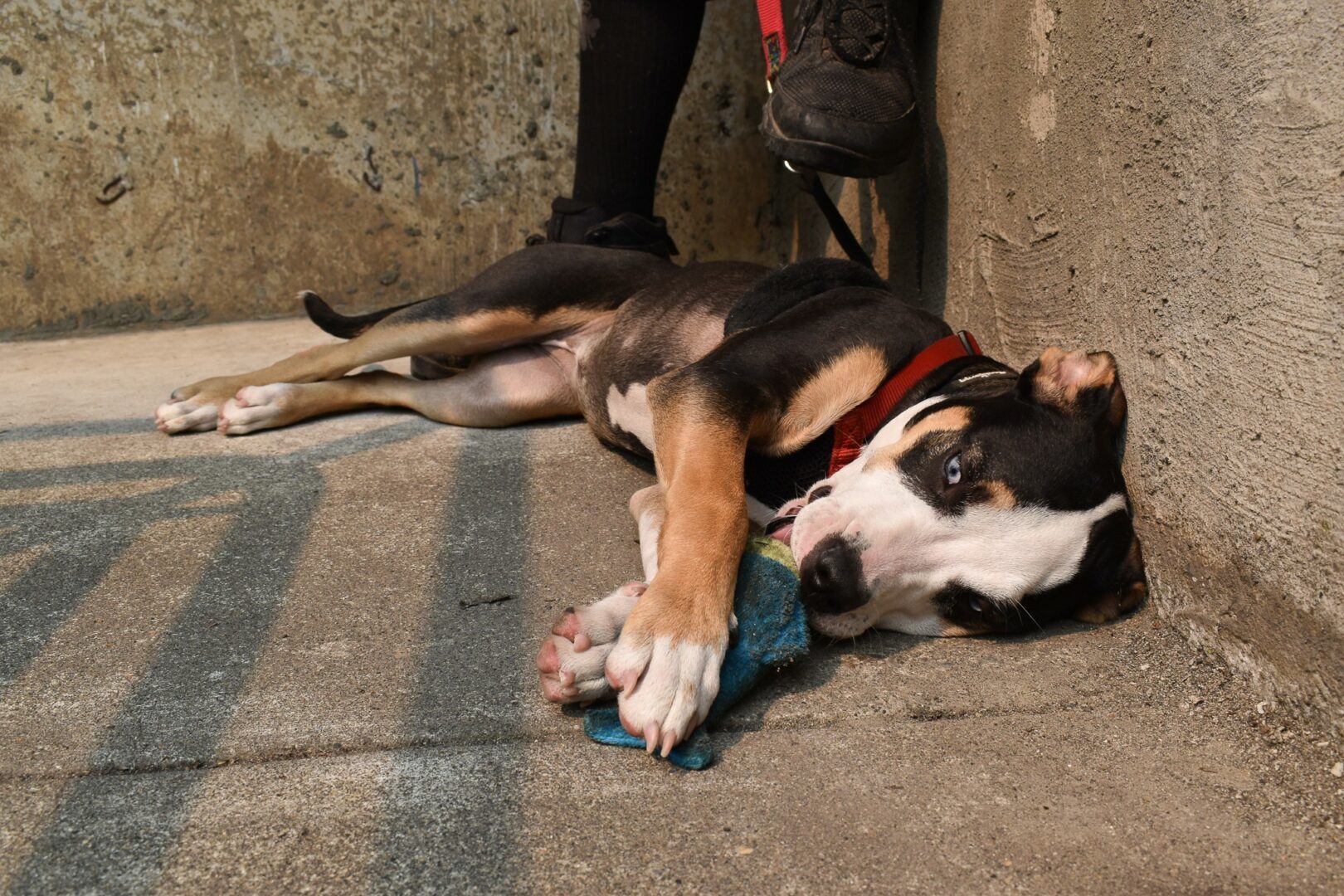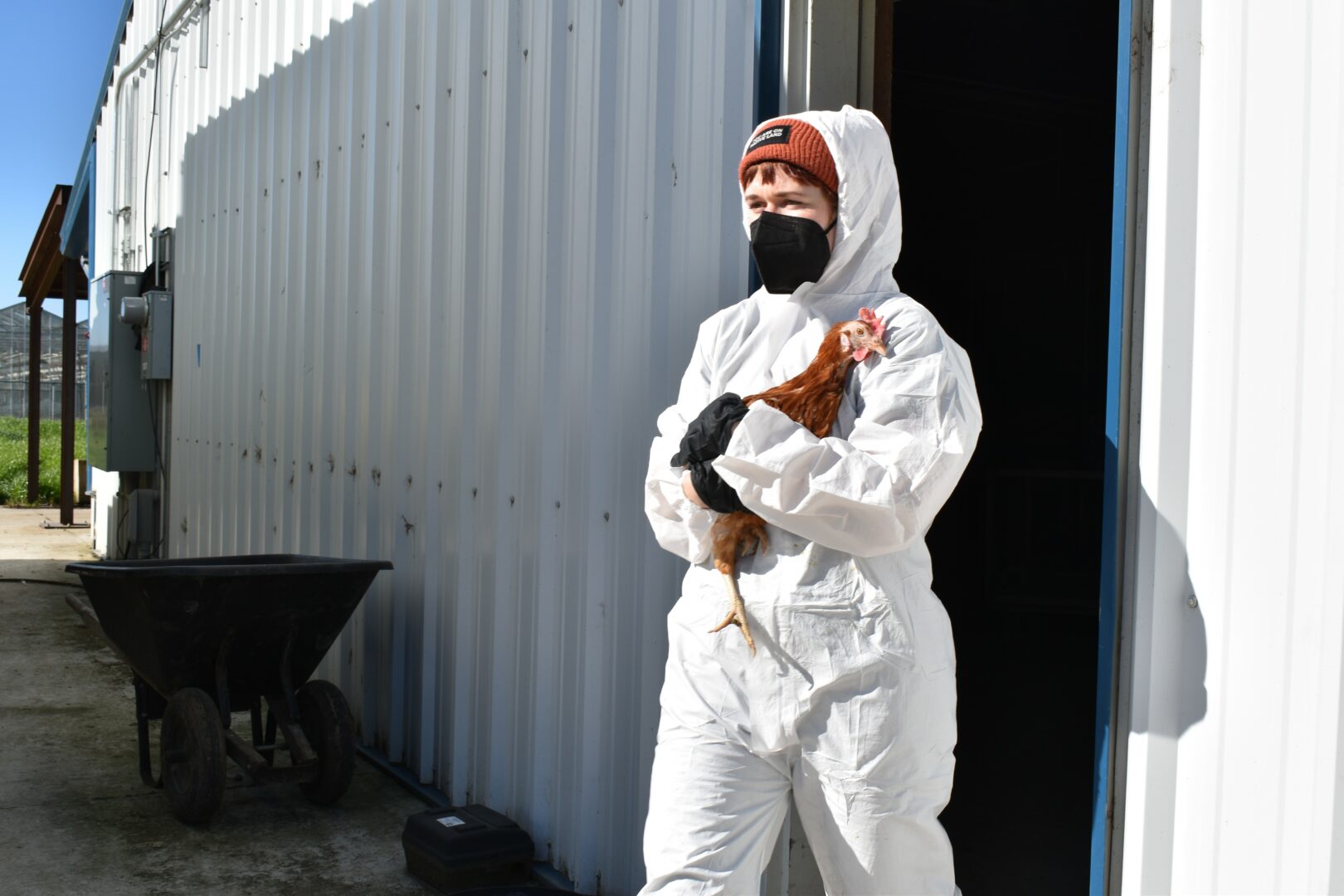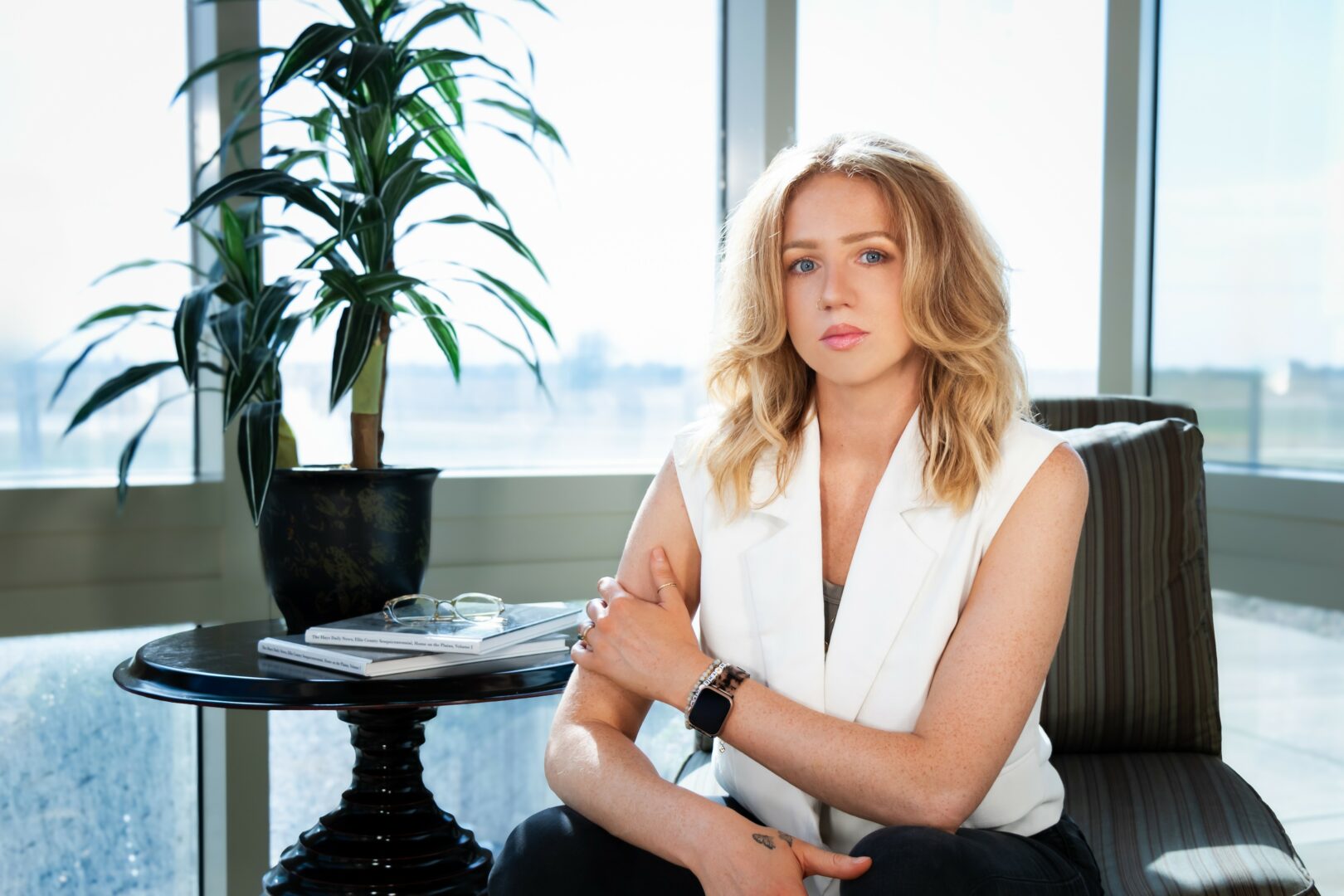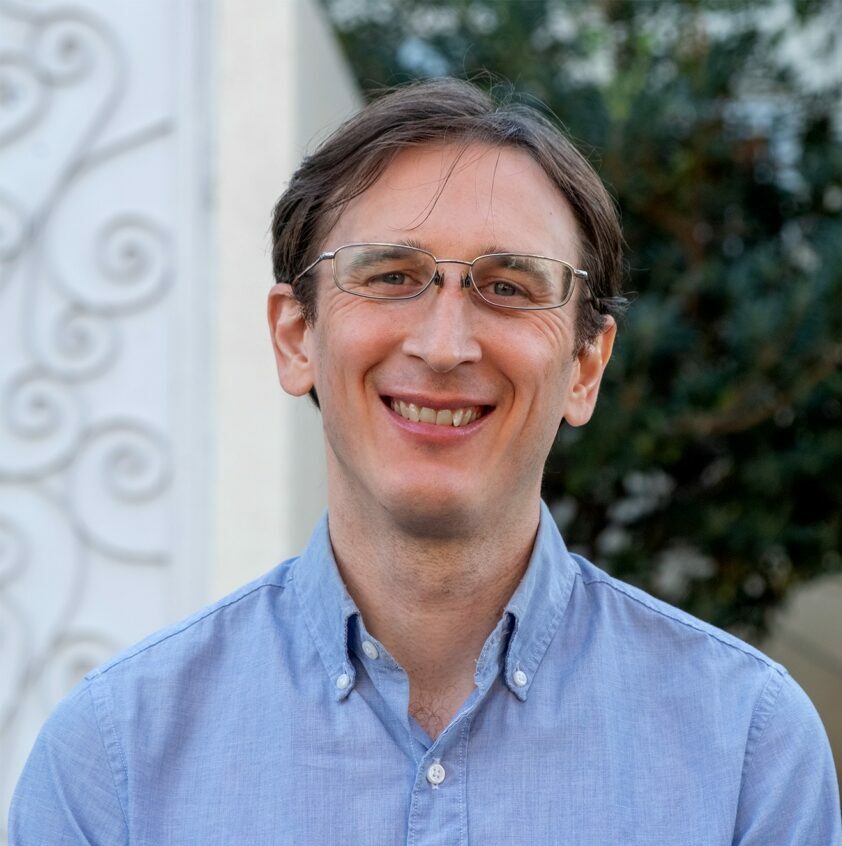We recently connected with Diana Hulet and have shared our conversation below.
Diana, so good to have you with us today. We’ve always been impressed with folks who have a very clear sense of purpose and so maybe we can jump right in and talk about how you found your purpose?
I feel that my purpose—where my inner calling intersects with the world’s invitation—has been with me all along. Throughout my life, I have wanted to protect, care for, and advocate for non-human animals. While I spent over two decades focused on teaching yoga and meditation, I now see how I can weave these passions together into the work of mindful activism. After taking a course on animal photojournalism, it became clear that this was a craft I could hone over time, using my photographs to share the lives of animals. Looking back at the path that brought me here, it makes perfect sense. Childhood photographs show me receiving my first camera, following camels behind a circus tent, and trying to climb into a zoo exhibit. Now that I understand what these animals experience, I want to tell their stories and inspire people to live lives of compassion.

Thanks for sharing that. So, before we get any further into our conversation, can you tell our readers a bit about yourself and what you’re working on?
Currently, my days are balanced between my first year of graduate school in an Engaged Jain Studies program, focusing on Veganism, Animals, and Ecology, and working with the multimedia nonprofit Sanctuary Doc. I also have an ongoing project titled “What If We Saw Them,” which showcases my emerging body of work in animal photography as well as a Substack platform for my writing titled “The Lateral Line.” Many people do not fully grasp the harm animals endure in farms, zoos, and other areas of exploitation. Much of this suffering remains invisible, and animal photojournalists work to bring these truths to light.
What excites me most right now is that each story and each photograph helps shift the compass toward a future where all beings are free from exploitation and suffering. It’s also important to highlight how animal advocacy intersects with other fields of social justice, including Indigenous sovereignty and environmental racism. Our efforts do not occur in a vacuum; these movements overlap.
Additionally, I photograph rescued animals, which is a central focus of Sanctuary Doc. It’s crucial for us to recognize that change is possible and to see examples of this work. In the coming months and years, I hope to provide more opportunities for my work to reach the public, whether through photography exhibitions or public speaking events. While it can be challenging for people to engage with the photographs and stories, this is where the mindfulness component becomes essential. We can hold space for feelings of sadness, overwhelm, or joy, while always returning to our breath and a sense of possibility.

There is so much advice out there about all the different skills and qualities folks need to develop in order to succeed in today’s highly competitive environment and often it can feel overwhelming. So, if we had to break it down to just the three that matter most, which three skills or qualities would you focus on?
Trust was instrumental on the journey of my life’s work. It was absolutely necessary for me to listen to what I wanted my life to turn towards and what work would not only inspire me in the morning but also close my days with a feeling of contentment. I had to remember how to trust my own path, not someone else’s. Humility emerges when we allow ourselves to be a beginner again. I hadn’t picked up a camera in a really long time, and I still have a long way to go when it comes to the technical aspects of photography. Yet my heart is there, and the animals are in the frame, and my practice brings me to the present moment. I can re-learn the rest. I could not have integrated my love of contemplative practice and animal advocacy work without the encouragement and support of friends, family, colleagues and luminaries – both human and non-human – along the way. As someone who is deeply comfortable in solitude, I have learned to lean into the necessary fabric of community. For anyone out there who is standing at the shores of great change, take the next step into the unknown, rather than focusing on what you imagine the end result to be. Surprise yourself by your own courage.

To close, maybe we can chat about your parents and what they did that was particularly impactful for you?
I wouldn’t be on this bold journey without the grounding love of my parents. They allowed me to explore different philosophies, practices and cultures, and although my mother and father were both raised with strong religious influences, they blew those doors open for me to find what was holy and spiritual on my own. This meant staring in awe at the sea for hours at a time, or sitting in a park surrounded by ducks and geese. As a child, I wanted to be with the animals far more than my human friends. My parents did not question this. In fact, they encouraged and embraced my sensitivity towards those who were most vulnerable. I know that they are still by my side in some capacity as I continue to surround myself with both animal and human animal friends, creating photographs and writing stories for a compassionate future.
Contact Info:
- Website: https://www.dianahulet.com/
- Instagram: https://www.instagram.com/dianahulet/
- Facebook: https://www.facebook.com/umadiana/
- Linkedin: https://www.linkedin.com/in/dianahulet/


so if you or someone you know deserves recognition please let us know here.




